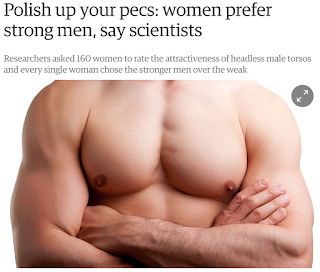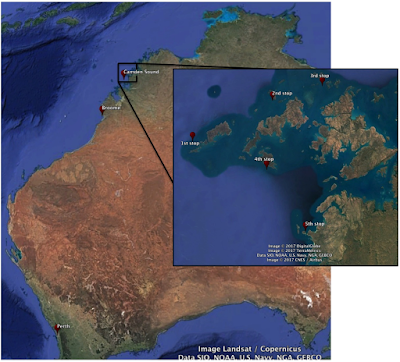The remarkable tree lobster

I can’t remember the first time I heard about the Lord Howe Island stick insect, and I can’t say my interest has been much more than in passing. They would pique my interest when I saw them in the news, only to fade back into the vast and ever growing pile of ‘oh, interesting’. Then, at the beginning of November, I actually got to come face to face with one of these creatures and it was so incredible I decided to find out more. This is what I’ve learned… Lord Howe Island stick insects are - I’m sure you’ll be surprised to learn - found on Lord Howe Island. This is a small crescent-shaped island in the Tasman Sea between Australia and New Zealand. I didn’t realise until researching this piece that the island is actually inhabited. It has a population of 382 people according to the 2011 census . The Lord Howe Island stick insect ( Dryococelus australis ), or LHISI as it’s known to friends, was first described by Xavier Montrouzier in 1855 from specimens collected by the HMS Hera


